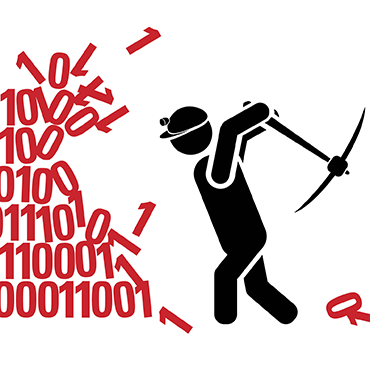Report: Big data, cybersecurity intrinsically linked

Analysts see 'tremendous value' in data the government collects, but say infrastructure and policy prevent making the best use of it.

What: “Balancing the Cyber Big Data Equation,” by MeriTalk, underwritten by Northrop Grumman.
Why: The study captures insights from 18 federal IT experts in big data and cybersecurity, with a focus on how technologies in those spaces are beginning to converge. The report presents a snapshot of where most of the federal government is today in using big data to enhance cyber missions, how they balance access to the growing amount of information they create and store with the risk to that information, and what the future holds for these interwoven disciplines as technologies and policies evolve.
Agencies agreed there is “tremendous value” in data the government collects, but note that agencies “lack both infrastructure and policy to enable correlation, dissemination and protection.” In short, the data is there – and will continue to grow – but policies will have to change at the federal level before that data is used in anything close to the most efficient way.
Much-discussed topics in the report include predictive analytics, continuous monitoring and risk management of existing and future datasets.
Verbatim: “One of the biggest questions is how to evolve the risk management model. What is secure enough and agile enough to support the mission? Security, agility, and transparency decisions are driven by mission priorities,” said Major Linus J. Barloon II, Chief, J3 Cyber Operations Division at White House Communications Agency.
“We’re only beginning to scratch the surface in terms of using analytics to provide cybersecurity and mission insight,” said Vern Boyle, director of technology and engineering for Northrop Grumman’s Cyber Solutions Division. “There is an opportunity to use predictive analytics to get out in front of threats and eliminate problems before they happen. We also have a significant opportunity to advance the state of the art in the platforms that collect and process the big data itself. Enhancing our ability to analyze data in motion can provider faster insight and reduce the overall footprint/cost of big data solutions.”
NEXT STORY: Draft language signals more transparent NIST



